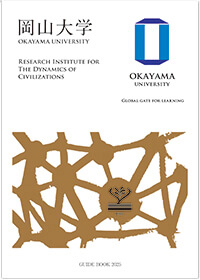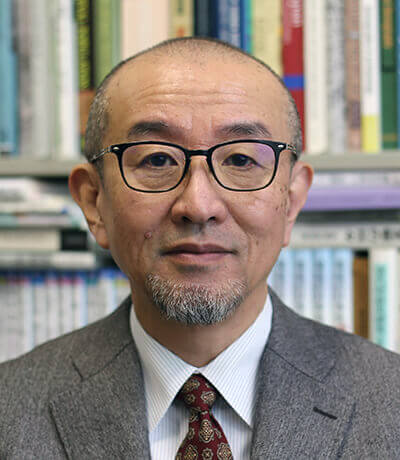In recent years, human survival has been threatened by the outbreak of the COVID-19 pandemic and seemingly endless warfare. While scientific research on transmission prevention and vaccine development is being advanced to overcome this global crisis, attention is also being increasingly given to the effects of the pandemic on areas that traditionally fall under the umbrella of the humanities and social sciences, such as social relationships, values, cultural customs, and the economy.
From the emergence of humans to approximately 10,000 years before present, the small-scale and dispersed nature of groups precluded the outbreak of pandemics. Infectious diseases only started to pose a significant threat to humans following the start of agriculture and animal domestication and the subsequent increase in population, formation of cities and states, and appearance of settlements with populations in the tens to hundreds of thousands. While artificialization of the natural environment through agriculture and animal domestication, the development of technology, the creation of new worldviews and values, and other such uniquely human phenomena (=civilization) brought a new prosperity to humanity, they also brought about various problems, such as warfare, environmental degradation, discrimination, and poverty.
These various issues facing modern society were born at the intersection of humanity, society, technology, and the environment. Searching for individual causes of each respective aspect of the current situation is unlikely to provide a long-term perspective leading to a fundamental solution. Against this backdrop, the Research Institute for the Dynamics of Civilizations aims to establish a framework for interdisciplinary research both within the humanities and social sciences and with the field of natural sciences in order to elucidate the nature of human history in ways that would not otherwise be revealed through narrower approaches.




